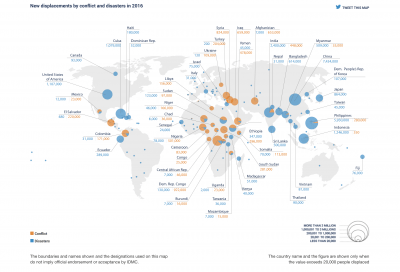In order to make hydroelectric power, you need altitude and rainfall. Using the power of moving water to generate electricity is the largest source of emissions-free, renewable electricity in the United States and worldwide. To increase the volume of moving water, impoundments or dams are used to collect the water. An opening in the dam uses gravity to drop water down a pipe called a penstock. The moving water causes the turbine to spin, which causes magnets inside a generator to rotate and create electricity. In 2011, hydropower provided 16% of the world’s electricity, second only to fossil fuels. Worldwide capacity in 2011 was 950 gigawatts, with 24% in the China, 8% in the United States, and 9% in Brazil. In the U.S., hydropower is produced for an average of 0.85 cents per kilowatt-hour, and convert 90% of the available energy into electricity (kwh).
Since hydropower depends on rivers and streams for generation, the potential to use hydropower as a source of electricity varies across the country. For example, the Pacific Northwest (Oregon and Washington) generates more than two-thirds of its electricity from hydroelectric dams. The Grand Coulee dam on the Columbia River in Washington is one of the largest dams in the world, with a capacity of more than 6,750 megawatts. Hydropower is a tool for developing countries and can serve as a long-term energy source. However, the flooding of land to create reservoirs can also eliminate areas where people live or grow crops.




